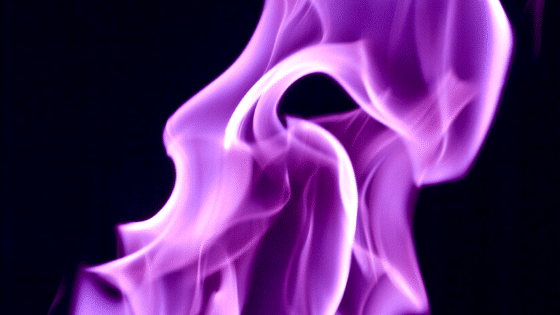The Burn Pit Registry and Why You Should Enroll

What is the Burn Pit Registry? This is a list that allows Veterans to document their symptoms and track what you’re experiencing. It’s rarely possible to immediately determine the health effects of exposure to airborne hazards. This means that veterans who have been exposed to burn pits and other airborne chemicals or particles usually don’t experience symptoms from their exposure until weeks, months, or even years down the road.
As a result, it can be difficult to prove service-connection. In which case, it’s harder to receive the care or benefits you deserve.
But it’s not only proving service-connection that can be difficult to do when symptoms appear long after exposure, but it also knows what the proper care should be. As time goes on, it becomes easier to lose track of the origins of the condition, making it harder to diagnose and apply the right treatment properly.
It’s for these reasons that the VA created the Airborne Hazards and Open Burn Pit Registry.
What is the Airborne Hazards and Open Burn Pit Registry?
The Airborne Hazards and Open Burn Pit Registry is an open registry available to keep track of veterans exposed to various health hazards. Burn pits were often used to dispose of waste at military sites in Iraq and Afghanistan. They were filled with all kinds of items that usually included the following:
- Chemicals
- Paint
- Glue
- Human waste
- Petroleum products
- Plastics
- Rubber
- Other garbage
By signing up for the registry, you could find it easier to get proper treatment. By answering the questions in the registry, you provide details that can assist in creating a better treatment plan should a condition develop or worsen. Over time it will help you, and your doctor keeps track of health developments while also providing more detailed records to show the VA if you file a benefits claim.
Who is Eligible to Enroll?
The following are eligible to enroll in the Burn Pit Registry:
- Those who served in Operation Enduring Freedom, Operation Iraqi Freedom, or Operation New Dawn.
- Those serving in Djibouti, Africa on or after September 11, 2001
- Operation Desert Shield or Desert Storm
- Southwest Asia operations from August 2, 1990, forward
Why You Should Enroll
If you have been exposed to burn pit smoke, it is highly recommended that you enroll with the registry. Not only can it be beneficial for you, but it can also help others over time. Currently, healthcare professionals are studying the data collected in the registry for determining new treatment plans. It is also being studied to understand the harmful effects of exposure better.
So far, it’s known that the toxins in the smoke from these burn pits were numerous and have been shown to affect the skin, internal organs, the respiratory and cardiovascular systems, the gastrointestinal tract, and the eyes. Despite this, the VA still has officially stated that it requires more research before determining that illnesses caused by burn pits can be considered presumptive.
The VA is still awaiting further scientific evidence regarding the causal relationship between various illnesses and an exposure to burn pits.
However, recently, a detailed survey by the Wounded Warrior Project showed a trend related to burn pit exposure and illness in veterans. This survey has been noted by the VA, and they have stated that researching the causal relationship is a focus of theirs.
More and more evidence is surfacing that exposure to burn pits and other airborne hazards during the time of service has led to many health issues. The hope is that it won’t be much longer before the VA officially recognizes this, making it easier to receive the benefits you deserve.
In the meantime, you can begin your enrollment to the Burn Pit Registry by clicking here.

